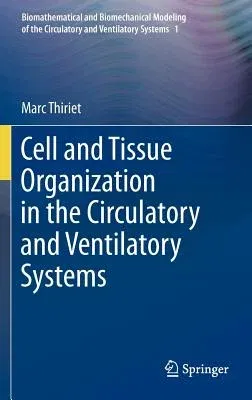Marc Thiriet
(Author)Cell and Tissue Organization in the Circulatory and Ventilatory Systems (2011)Hardcover - 2011, 8 September 2011

Qty
1
Turbo
Ships in 2 - 3 days
In Stock
Free Delivery
Cash on Delivery
15 Days
Free Returns
Secure Checkout

Part of Series
Biomathematical and Biomechanical Modeling of the Circulator
Part of Series
Biomathematical and Biomechanical Modeling of the Circulatory and Ventilatory Systems
Print Length
736 pages
Language
English
Publisher
Springer
Date Published
8 Sep 2011
ISBN-10
1441997571
ISBN-13
9781441997579
Description
Product Details
Author:
Book Edition:
2011
Book Format:
Hardcover
Country of Origin:
NL
Date Published:
8 September 2011
Dimensions:
23.39 x
15.6 x
3.96 cm
ISBN-10:
1441997571
ISBN-13:
9781441997579
Language:
English
Location:
New York, NY
Pages:
736
Publisher:
Series:
Weight:
1215.63 gm